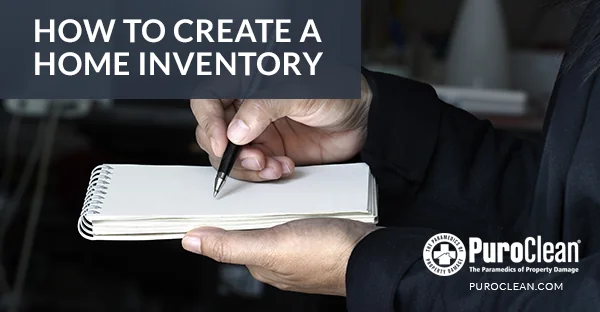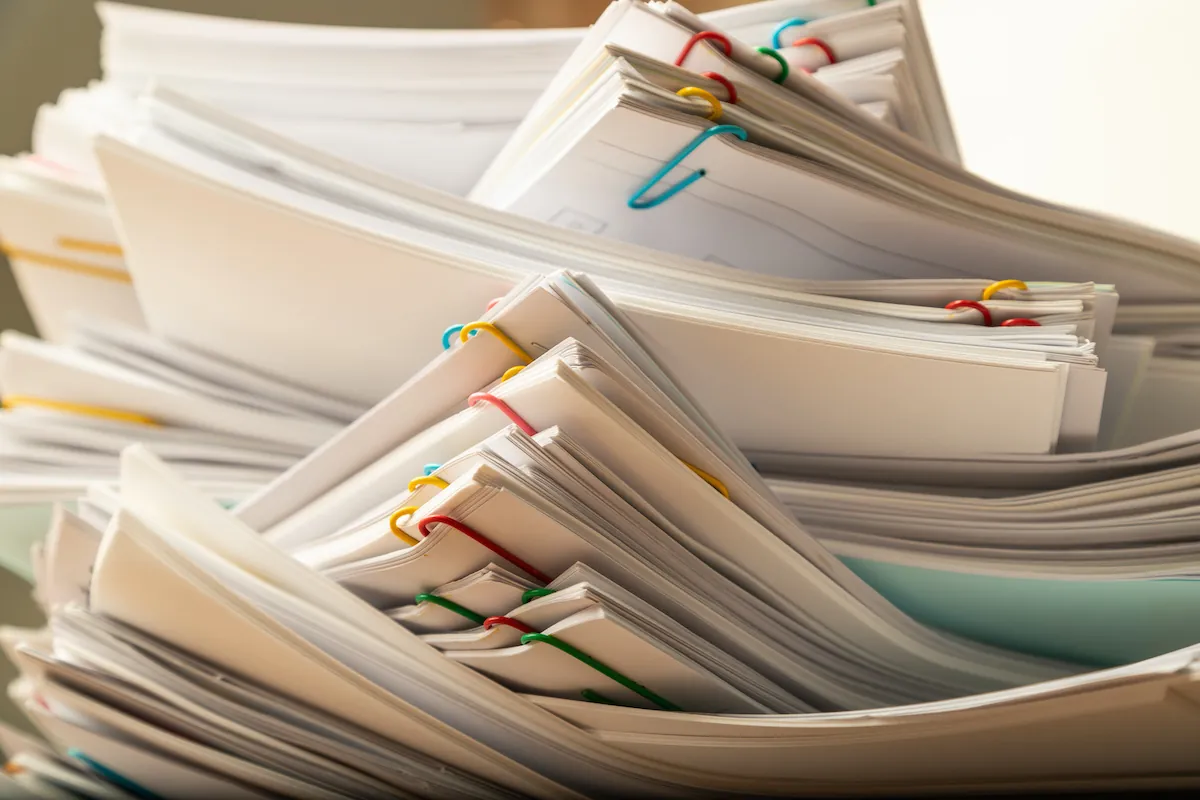 In the unfortunate case that your possessions get stolen or destroyed in a fire or other disaster, having an itemized list of all your belongings is crucial to recovering them through your insurance. A home inventory will help you buy the right amount of insurance, check losses for your income tax return and settle your insurance claim faster.
In the unfortunate case that your possessions get stolen or destroyed in a fire or other disaster, having an itemized list of all your belongings is crucial to recovering them through your insurance. A home inventory will help you buy the right amount of insurance, check losses for your income tax return and settle your insurance claim faster.
The best practices for creating a home inventory:
- Write your list in a notebook, a spreadsheet or use inventory apps on your computer, tablet or mobile phone. Don’t forget to take photos or make a movie with all household items.
- For each item that is important to you, include a description, the purchase date, estimated value and serial number (if applicable). Any sales receipts, appraisals or purchase contracts should also be added.
- Organize your list by going from room to room and listing the items by category (e.g. for clothing: coats, shirts, pants, etc.). It’s more efficient this way.
- Take pictures of whole rooms and individual items if they’re move valuable. Add descriptions to the back of photos or in the files’ details, if they’re digital.
- Alternatively, videotape every room in detail and talk about the contents thoroughly. A faster way is to lay out your most valuable possessions on the floor of each room and then describe each item while recording.
- Save the receipts of future purchases and clip them to your list. Receipts give the exact value of an item, sparing you from guessing.
- List the serial numbers of electronic equipment and major appliances. The numbers can be found on the back, bottom and sometimes inside these items.
- Jewelry, art work and collectibles are usually more valuable and may require separate insurance. Talk to your agent to make sure that these items have adequate insurance.
- Once you’ve finished making the inventory, protect it by storing it in a safe deposit box, if it’s a physical document. If it’s a digital file, back it up on a secure online storage account or an external drive.
- Update your inventory, photos and video at least once a year or immediately after making a new purchase or when you no longer have an item.
Should you have any questions on how your insurance company handles home inventories, we suggest contacting your agent. He or she can give you the best recommendations on how to create and manage your list of valuables.
In case of a disaster involving water, fire or mold, the PuroClean team is ready to come to your property’s rescue.



